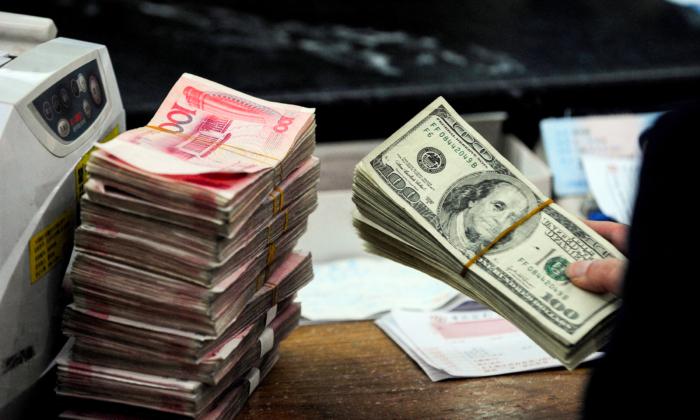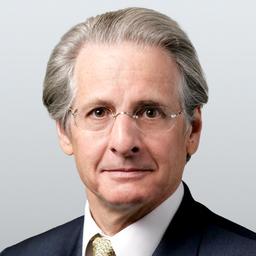For some years now, financial media have speculated about when China’s yuan will replace the U.S. dollar as the world’s premier international currency—what bankers and currency traders refer to as the “global reserve.”
As an export-oriented economy in which sales to the United States account for 3 percent of the country’s gross domestic product (GDP), Beijing knows that China’s prosperity is much more vulnerable to Sino–U.S. trade than American prosperity is. Private analysts estimate that this trade involves some 16 million Chinese workers. With this much at stake and economic troubles to worry about, China’s trade negotiators have no desire to antagonize their American counterparts with triumphant declarations on currency matters.
More fundamentally, Chinese authorities know—or should know—how very far the yuan is from achieving global reserve status. To be sure, the U.S. economy and the dollar no longer have the overwhelming dominance they once did. That is clearly a consideration that every nation on Earth has taken into account.
Even so, no other currency—especially the yuan—has the necessary characteristics to take the role over from the dollar. What may make Beijing even less eager to tout the yuan as a dollar replacement is the realization that the yuan could only gain the necessary characteristics to supplant the dollar if the Chinese Communist Party (CCP) becomes willing to ease the tight financial and currency controls that it otherwise treasures and is not likely to surrender.
Yet for all this effort, and the expense that goes with it, the dollar still dominates. Some 80 percent of global trade is conducted in dollars, even when Americans are not involved. The dollar lies on one side or the other in some 90 percent of all currency transactions. In contrast, the yuan is present in a mere 4 percent of such transactions, and even the euro can claim only 30 percent. The conversion of Egyptian pounds into yuan, for instance, typically occurs via the dollar. These powerful relationships have taken years to develop, and it would take years for the yuan to unwind in its favor.
Liquidity presents a second challenge for the yuan. It is possible to trade dollars and dollar assets 24 hours a day, seven days a week. Dollar markets are so large and well developed that people can move huge sums easily and with minimal effect on prices of either currencies or financial assets. Dollar markets also offer a huge variety of financial instruments, making them attractive to traders and their financial backers who, in the course of their business, must hold balances in whatever currency serves as the “global reserve.” These crucial players treasure these characteristics and know that the yuan-based markets cannot match them.
As should be clear, the CCP in the best of circumstances would face years of effort and promotion even to begin to challenge the dollar’s global position. And it is not even clear that Beijing wants to make the needed sacrifices. To do so, for instance, would require regulators to abandon the tight control over the yuan’s foreign-exchange value and let it float freely on global currency markets.
To offer exporters, importers, and their financial supporters the liquidity and a variety of investment instruments they need, Beijing would have to give up its present insistence on controlling capital and investment flows into and out of the country. Theoretically, of course, Beijing could make such adjustments. Still, since they would fly in the face of the CCP’s obsession with control, the yuan fails even as a starter in competition with the dollar for global reserve status.







